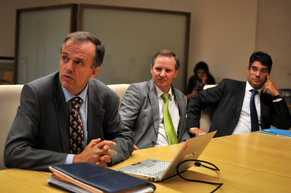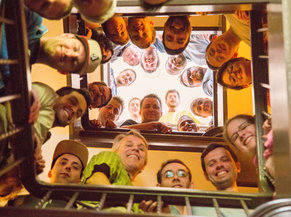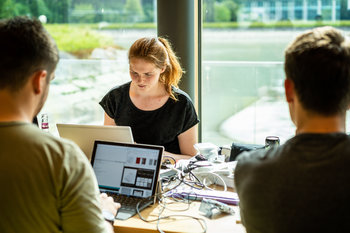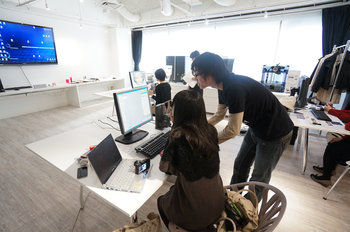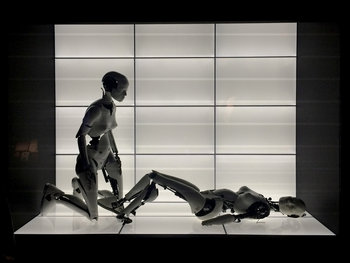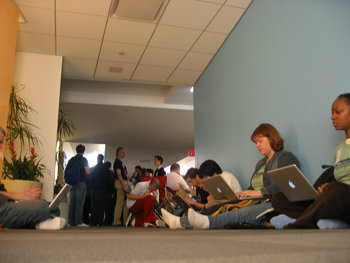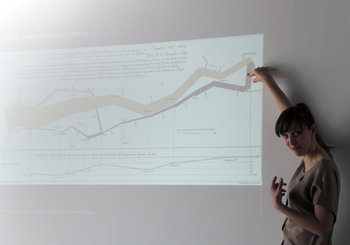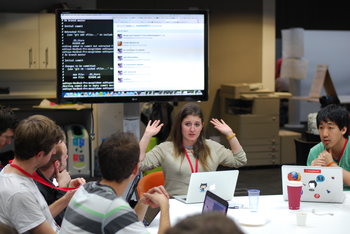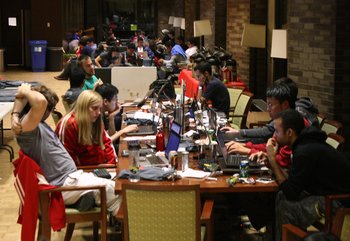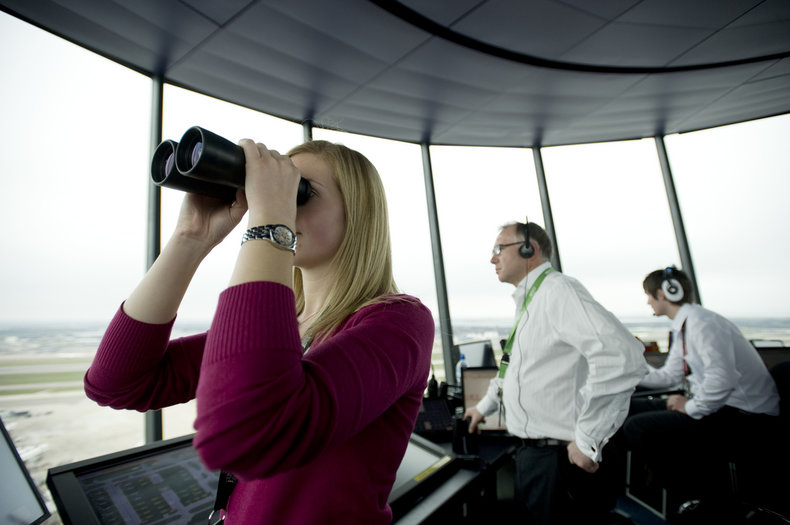
Physical Tasks
Physical tasks have been a primary target of automation since the beginning of the industrial revolution. Robotics and artificial intelligence are approaching the point that they can overcome obstacles and handle unpredictable situations. This allows most physical work to be automated.Health & Safety
Responsibility for health & safety in areas such as medicine and transport. People may be hesitant to trust automation that impacts health and safety until it can be shown to be definitely and significantly safer than the traditional approach.Administration
Administrative processes have been a focus of automation since the 1960s. Self-service tools, electronic data processing and process automation are likely to continue to reduce administrative workloads.Stakeholder Interactions
Jobs that involve regular contact with stakeholders such as investors, customers, employees, regulators and the media are often seen as somewhat protected from automation as they are based on people-skills. However, it is possible to replace communication with self-service tools. For example, an ecommerce firm that replaces a local shop.Architecture & Design
At one time, jobs in areas such as architecture, design, coding and engineering were viewed as too complex for automation. However, it is clear that software tools are able to eliminate low level work in these professions and this trend is only likely to accelerate. Future design may be based on extremely high level tools that can be used directly by business units or customers. For example, architecture modelers and simulators may eventually allow customers to design their own houses with software ensuring compliance to architecture practices, principles, standards and regulations.Knowledge Work
The digital automation of business beginning in the 1960s has historically been accompanied with a boom in knowledge work with a large number of new professions in areas such as information technology, strategy, management, marketing, media production, planning, analysis and controls. It is unclear if this will continue or if significant knowledge work will be automated with techniques such as decision automation.Arts & Entertainment
Automation may result in shifts to the economy that are currently unimaginable. Professions may shift towards creative work, governance, education, arts, entertainment and other areas that a society or culture values as a human pursuit.| Overview: Automation Risk | ||
Type | ||
Definition | The potential for automation to replace jobs. | |
Related Concepts | ||


